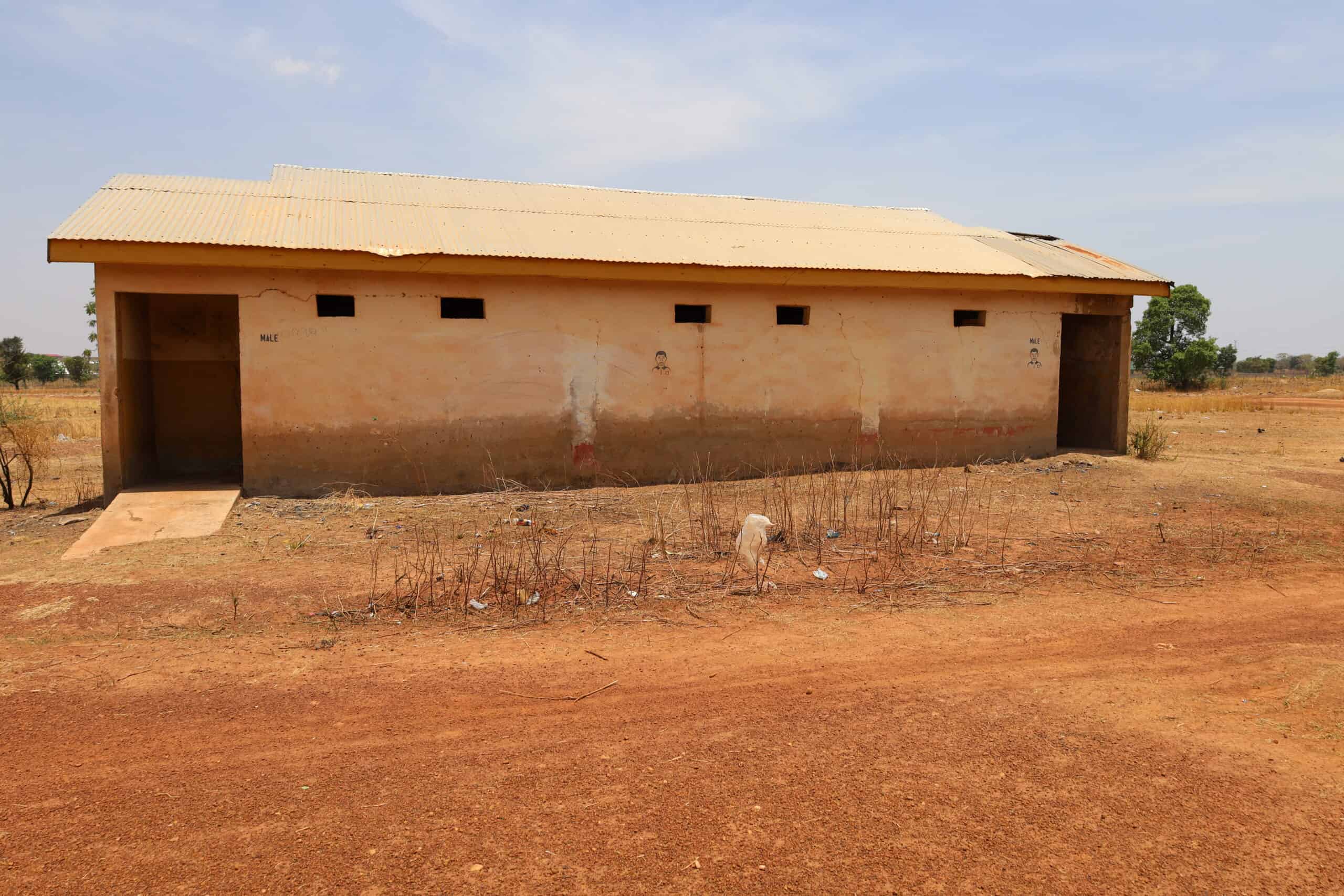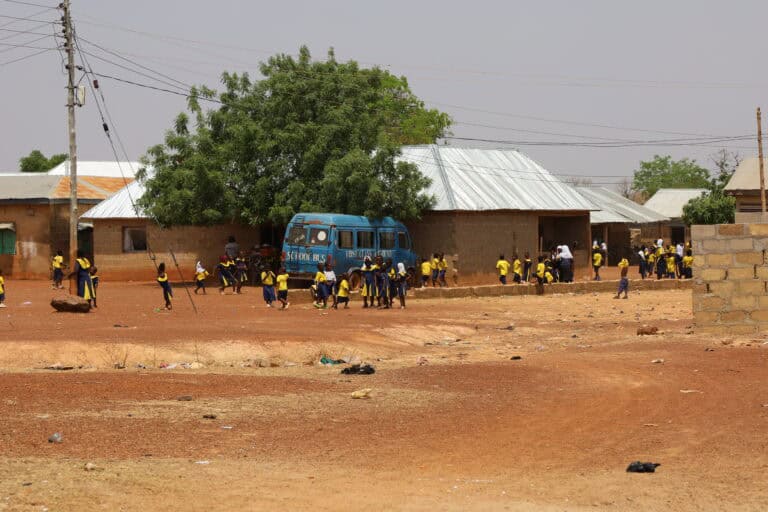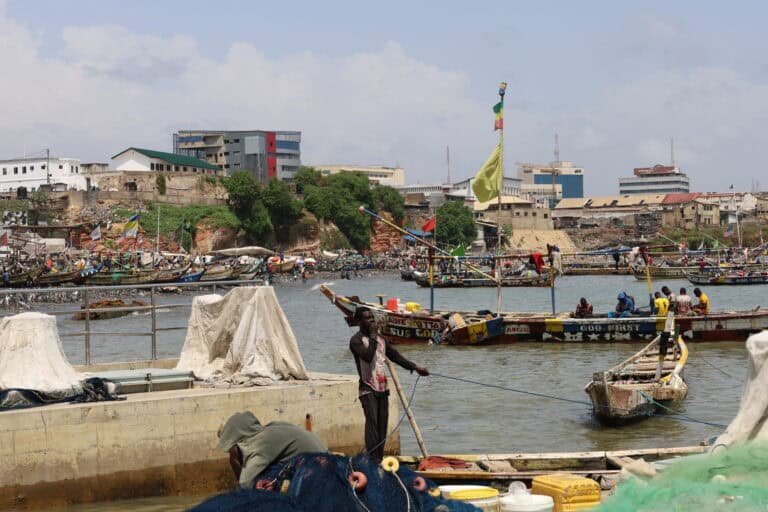6 Facts About Village Life in Africa
When people think of Africa, they often imagine wildlife safaris, big cities, or beautiful beaches. But there’s another side that is equally important: rural life. On my recent visit to Tamale, Ghana, I explored villages that reveal what daily life is really like for millions across the continent.
These photos and stories highlight 6 eye-opening facts about rural Africa, with a focus on infrastructure, daily routines, and community life.
Sanitation facilities like this are common across rural Africa. Many villages rely on simple public toilets that are shared by the entire community. Access to clean, private toilets is still a major challenge, and improving sanitation remains a key focus for both governments and aid organizations.
1. Roads Are Often Dusty and Unpaved
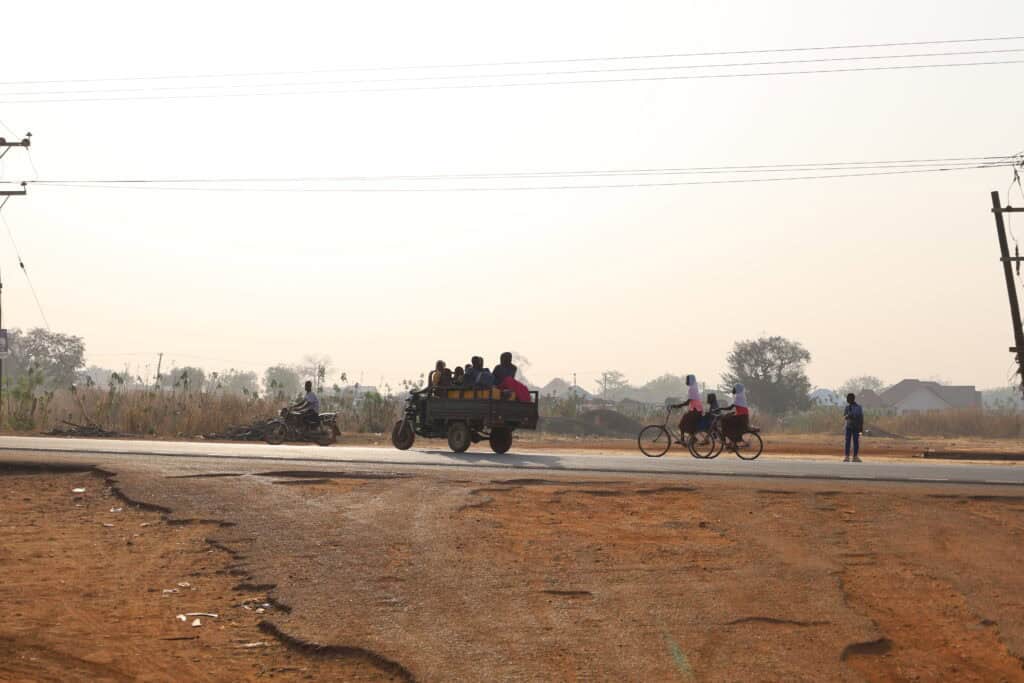
In rural Africa, roads are mostly unpaved and dusty. These dirt paths are essential for getting to markets, schools, and health centers, but they can become nearly impassable during rainy seasons.
2. Rural Schools Double as Playgrounds and Community Centers
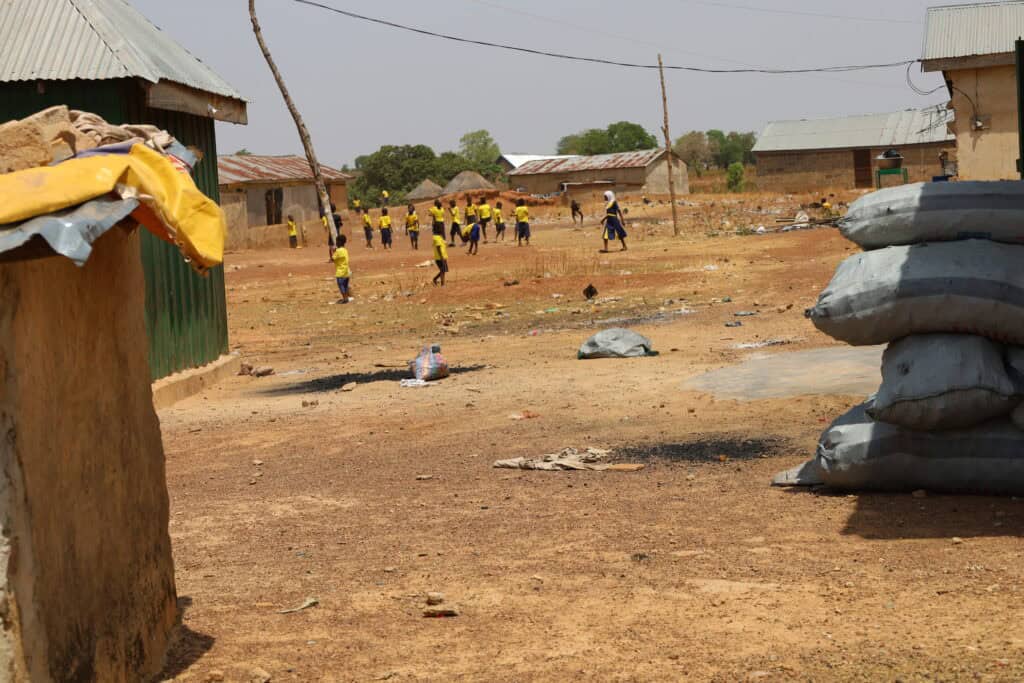
Schools in rural areas are more than just places to learn. They are gathering spots where children play and where community meetings often take place. Despite limited resources, the energy and enthusiasm of the children are unmistakable.
3. Play Areas Are Often Bare and Dusty
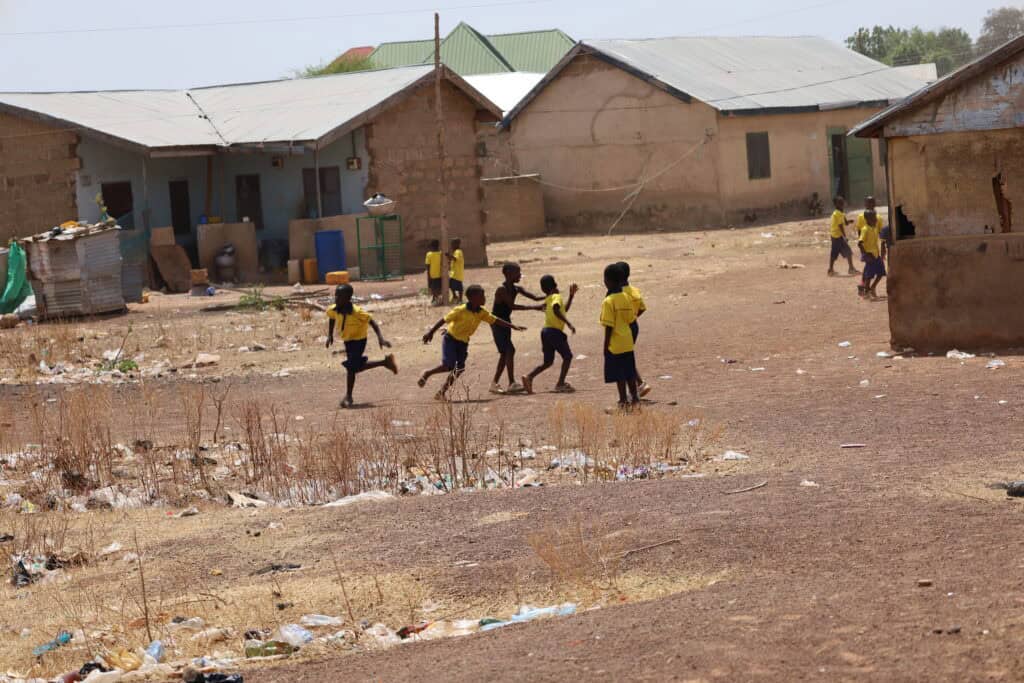
Most playgrounds are just open dusty fields. Children make the most of what they have, turning any empty space into a playground with games they invent themselves.
4. Homes and Key Buildings Are Spread Out
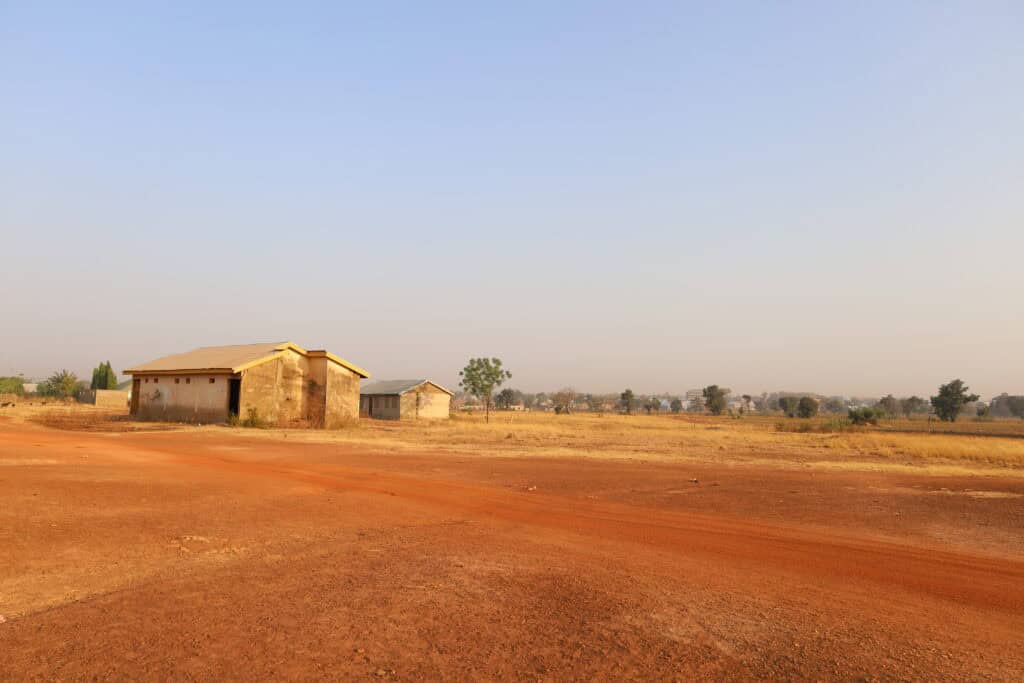
Villages in rural Africa are often spread over large areas, with plenty of space between homes and other structures. This allows room for farming and keeping animals but also means longer walks to school, water sources, or health posts.
5. Walking and Motorbikes Are the Most Common Transport
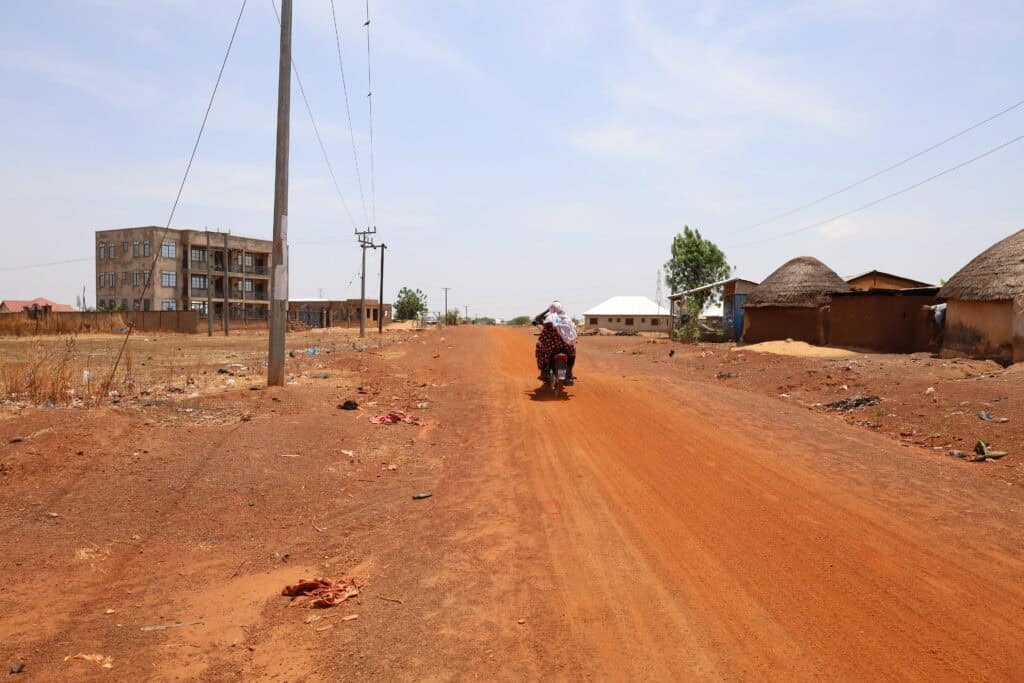
Few people own cars in rural Africa. Walking and motorbikes are the most common ways of getting around. Roads like the one shown here are essential for connecting people to larger towns and services.
6. Sanitation Remains a Challenge
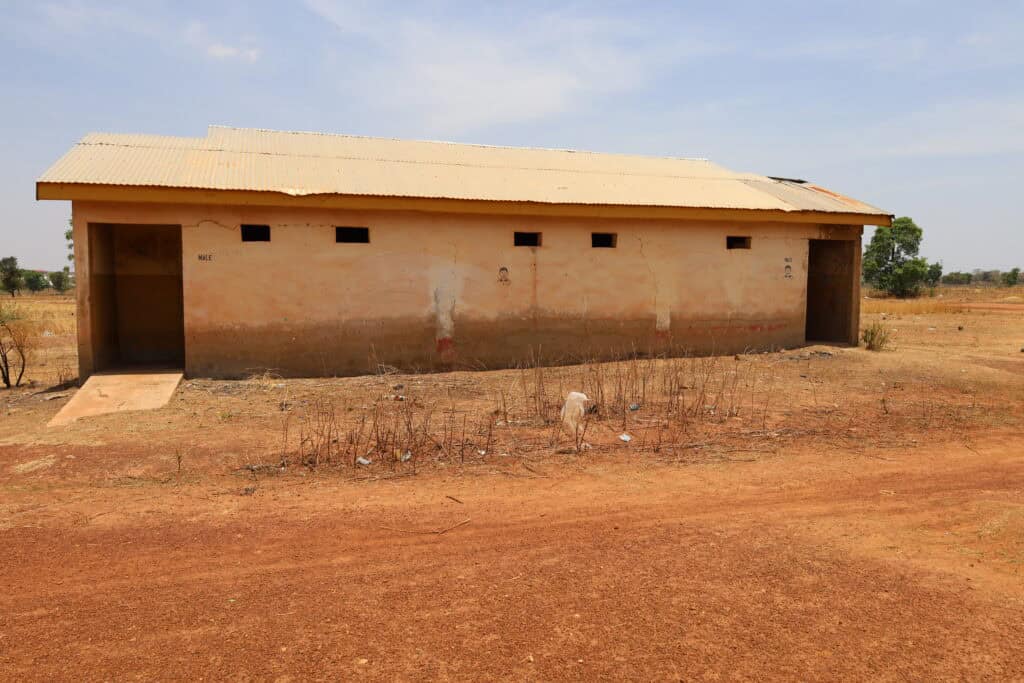
Many rural areas lack proper sanitation facilities, which leads to health risks. Public toilets, even simple ones like the one pictured, are valuable resources but are often in need of upgrades and regular maintenance to keep communities healthy.
